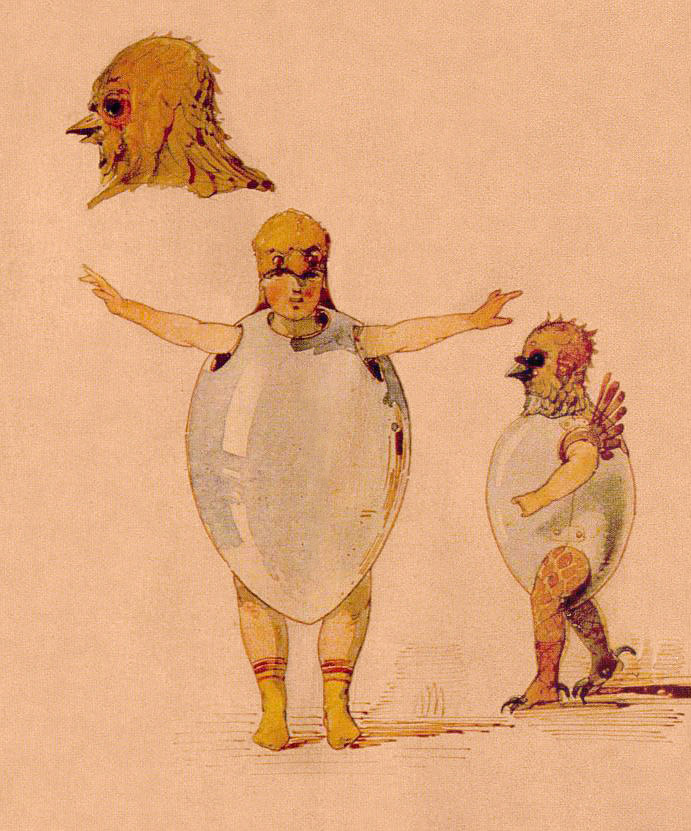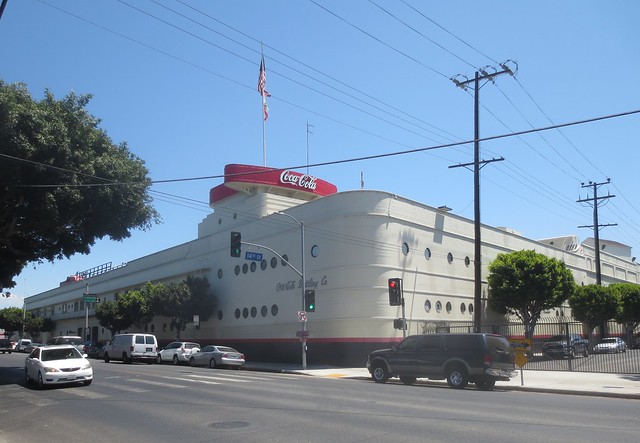After Many a Summer by Aldous Huxley is a very odd work. Something like Citizen Kane smashed into The Last Coin with a chunk of mostly annoying philosophy crammed into the middle. While it skewers a certain vision of Hollywood as it may have been in the 1930s, it rides off on its own hobbyhorse quite too far to be recognizable as LA. A crass Los Angeles millionaire funds various charities and research activities, but his obsession is eternal life. I really have to wonder if Jim Blaylock is referencing this novel in The Last Coin, or if it's just a coincidence based on the longevity of carp.
Perhaps my favorite passage has a nice LA nod to a Forest Lawn-esque cemetary:
Was it possible, Jeremy asked Iiimself, that such an object existed? It was certainly not probable. The Beverly Pantheon lacked a verisimilitude, was something entirely beyond his powers to invent. The fact that the idea of it was now in his mind proved, therefore, that he must really have seen it. He shut his eyes against the landscape and recalled to his memory the details of that incredible reality. The external architecture, modelled on that of BoeckUn’s ‘Toteninsel.’ The circular vestibule. The replica of Rodin’s ‘Le Baiser,’ illuminated by con- cealed pink floodlights. With its flights of black marble stairs. The seven-story columbarium, the endless gal- leries, its tiers on tiers of slab-sealed tombs. The bronze and silver urns of the cremated, like athletic trophies. The stained-glass windows after Burne-Jones. The texts in- scribed on marble scrolls. The Perpetual Wuriitzer crooning on every floor. The sculpture . . . That was the hardest to believe, Jeremy reflected, be- hind closed eyelids. Sculpture almost as ubiquitous as the Wurlitrer. Statues wherever you turned your eyes. Hundreds of them, bought wholesale, one would guess, from some monumental masonry concern at Carrara or Pietrasanta. All nudes, all female, all exuberandy nubile. The sort of statues one would expect to see in the re- ception-room of a high-class brothel m Rio de Janeiro. ...
Statues of young ladies crouching ; young ladies using both hands to be modest; young ladies stretching, wnthing, calli- pygously stooping to tie their sandals, reclining. Young ladies with doves, with panthers, with other young ladies, ■with upturned eyes expressive of the soul’s awakening. ‘I am the Resurrection and the Life,’ proclaimed the scrolls. ‘ The Lord is my shepherd ; therefore shall I want nothing.’ Nothing, not even Wurhtzer, nor even girls in tightly buckled belts. ‘Death is swallowed up in viaory’ — the ■victory no longer of the spirit but of the body, the well-fed body, for ever youthful, immortally athletic, indefatigably sexy. The Moslem paradise had had copulations six centuries long. In this new Christian heaven, progress, no doubt, would have stepped up the period to a millennium and added the joys of everlasting tennis, eternal golf and swimming.
But on the whole not a winner.
Greener than you Think (1947) by Ward Moore turned out to be a delightful discovery. A much broader parody than After Many a Summer, it's a disaster story of a scientist who invents a tonic to make lawns grow. And does it ever. One lady buys the first batch and from one lawn springs an earth devouring monster of green. Not a lot of detail about Los Angeles, but a few namechecks that help Angelenos mark the spread of the grass:
The southernmost runners crept down toward Hollywood Boulevard where every effort was being marshaled to combat them, and the northernmost wandered around and seemingly lost themselves in the desert of sagebrush and greasewood about Hollywood Bowl. Traffic through Cahuenga Pass, the great artery between Los Angeles and its tributary valley, was threatened with disruption.
Oodles of casual sexism and racism, although often with a wry touch than seems to point the finger more at the haters:
Nationalists hinted darkly that the whole thing was the result of a plot by the Elders of Zion and that Kaplan's Delicatessen—in conspiracy with A Cohen, Notions—was at the bottom of the grass.
Our protagonist wears many hats in this somewhat overlong story, but spends much of it as a journalist covering the spread, who is ordered out by an editor that would make J Jonah Jameson happy with his level of smack-talk:
The Intelligencer picked you out of a gutter, a nauseous, dungspattered and thoroughly fitting gutter, and pays you well, mark that, you feebleminded counterfeit of a confidenceman, pays you well, not for your futile, lecherous pawings at the chastity of the English language, but out of the boundless generosity which only a newspaper with a great soul can have. Get down to whatever smokefilled and tastelessly decorated room that committee is meeting in and do not leave while it is in session, neither to eat, sleep, nor move those bowels whose possession I gravely doubt.
Time, reporting the progress of the weed, said in part: "Death, as it must to all, came last week to cult-harboring, movie-producing Los Angeles. The metropolis of the southwest (pop. 3,012,910) died gracelessly, undignifiedly, as its blood oozed slowly away. A shell remained: downtown district, suburbs, beaches, sprawling South and East sides, but the spirit, heart, brain, lungs and liver were gone; swallowed up, Jonah-wise by the advance of the terrifying Bermuda grass
Like I said, a bit overlong, but pleasantly zany.



























